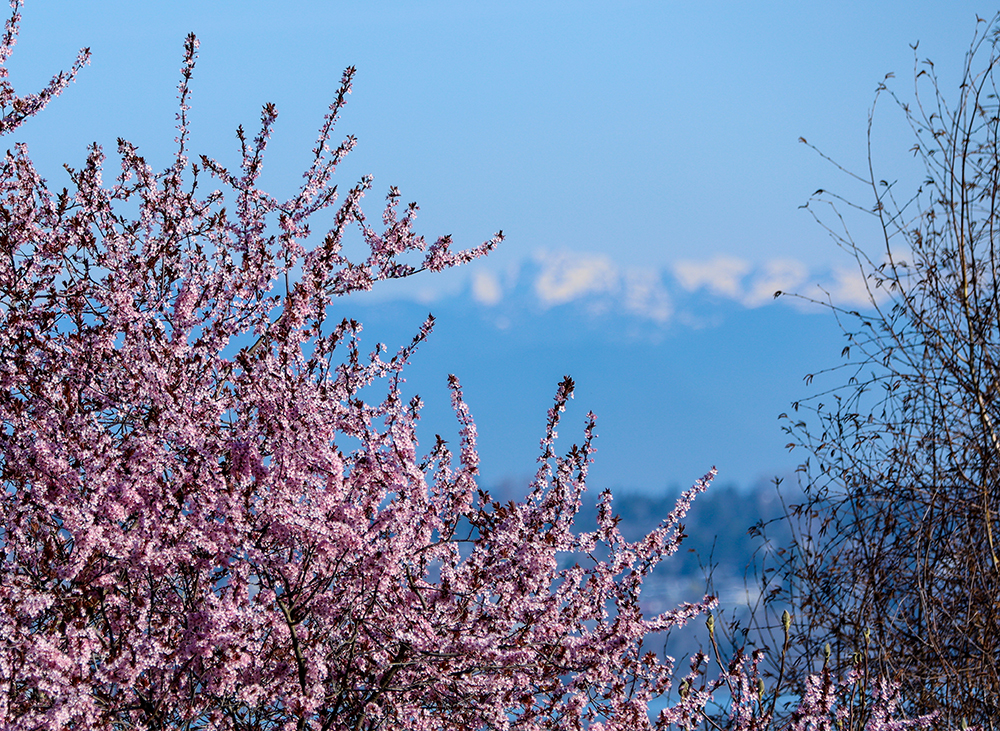
As our world becomes more connected, the distance we are willing to go to get our food is becoming smaller. We’ve become more aware of the actual cost of getting our favourite foods into our bodies.
100-Mile
Back in 2006, the 100-mile diet was all the rage. This diet wasn’t about weight loss. It was about people paying attention to where their food came from. Alisa Smith and James MacKinnon decided to buy or gather their food and drink from within 100 miles of their apartment in Vancouver. The media picked up on it and before you knew it, everyone was asking, “Where did this food come from?”
There was a study that showed how food travels between 1,000 to 4,000 km to get from distant farms to our table. Items like orange juice and almonds travel a long way before they get to our kitchens. Many people in BC stopped drinking orange juice and switched to locally grown and packaged apple juice.
In BC, it’s not that hard to stick to a 100-mile diet as we live in one of the most abundant regions of the world. We have fresh fruits, vegetables, fish, and seafood, as well as locally grown beef and poultry. We even have our own flour mills.
When it comes to beverages, we are lucky to have an abundance of regular and adult drinks made right here in BC. Lucky for us, you can’t go very far in BC without running into a brewery, winery, cidery or distillery.
Farm-to-Table
While the term 100-mile diet slowly faded away, the awareness of where our food comes from did not. Consumers now looked for food items made and grown in BC, especially fresh fruit, and veggies.
The farm-to-table movement started long before the 100-mile diet but took longer to catch on. Back in 1971, Chef Alice Waters of California opened the first farm-to-table restaurant. She featured fresh, locally grown ingredients as part of a seasonal menu.
Farm-to-table eventually gained traction in high-end restaurants in Canada. Before you could say, “Where’d my carrots come from,” chefs from all types of restaurants were sourcing fresh fruit, veggies, protein, and beverages from suppliers within five to thirty minutes of their restaurant. Many drove out to the farms themselves and hand-picked their ingredients. Some restaurants grew herb and vegetable gardens on their property. No garden space? No problem. They grew them in pots on the patio or up on the roof.
Wait staff proudly announced where the ingredients came from, and we were happy to listen. And, of course, we loved it! Nothing tastes as good as fresh-picked produce prepared by a chef who ensures freshness in every bite.
Forest-to-Table
Some chefs took the farm-to-table concept one step further and created the forest-to-table movement. Chefs around BC, and the world, are discovering how delicious foraged foods can be in their dishes, and foodies are loving it.
Aside from tasting great, knowing the chef personally hand-picked your ingredients from the forest, hills and fields, makes them taste even more delicious.
Many chefs now take people out into the wilds to hunt down their ingredients, then teach them how to prepare them. Items like wild leeks, dandelions, rosehip, fiddleheads, stinging nettle, and mushrooms are easily found in the wild. When properly prepared, they taste great and are also packed with nutritious vitamins and minerals.
Both food enthusiasts and culinary experts understand that sustainable food sources are crucial. Organizations like Ocean-Wise and the Native American Food Sovereignty Alliance (NAFSA) ensure our food systems are stable and sustainable.
The best part is, the more aware we become about the source of the foods we eat, the more we care about ensuring their sustainability. Happy eating everyone!